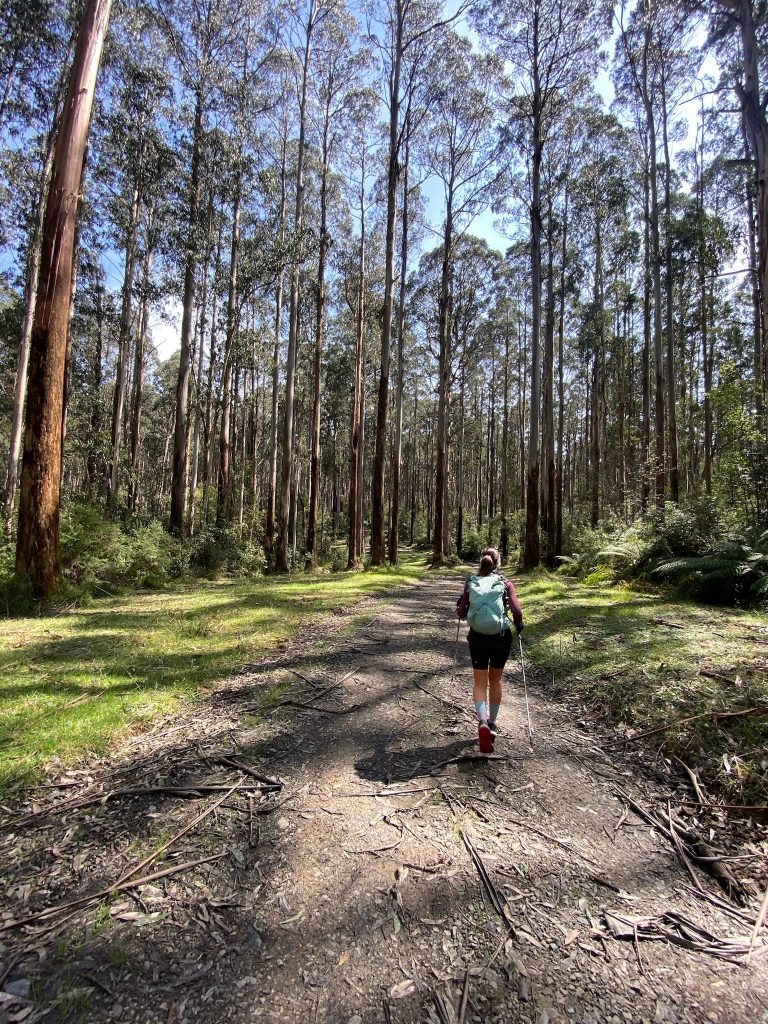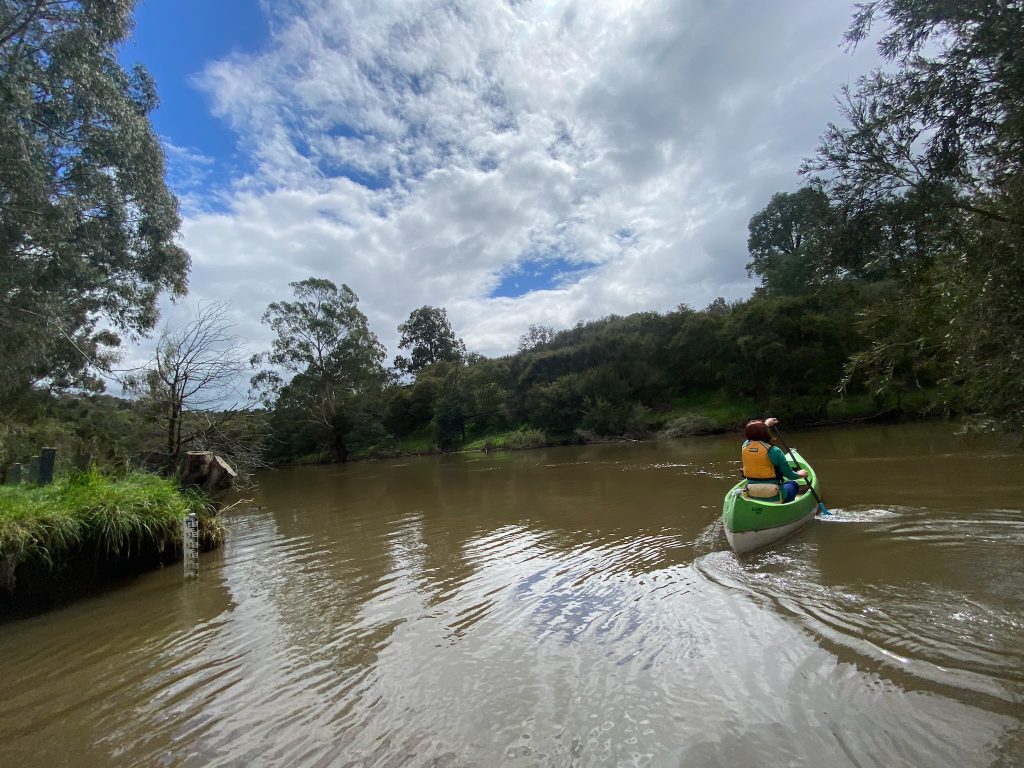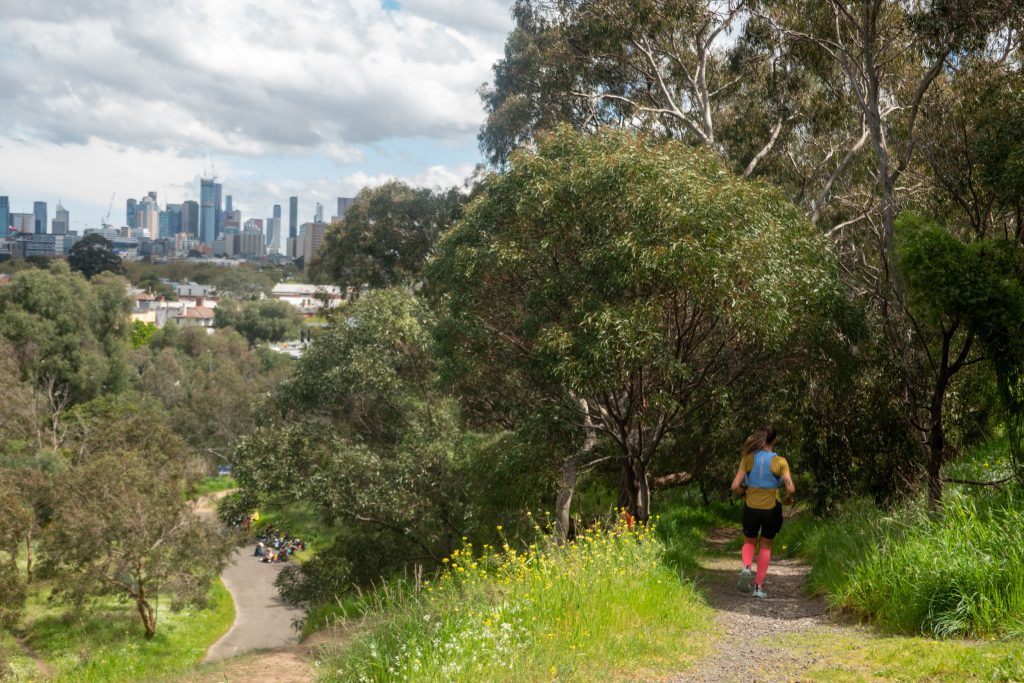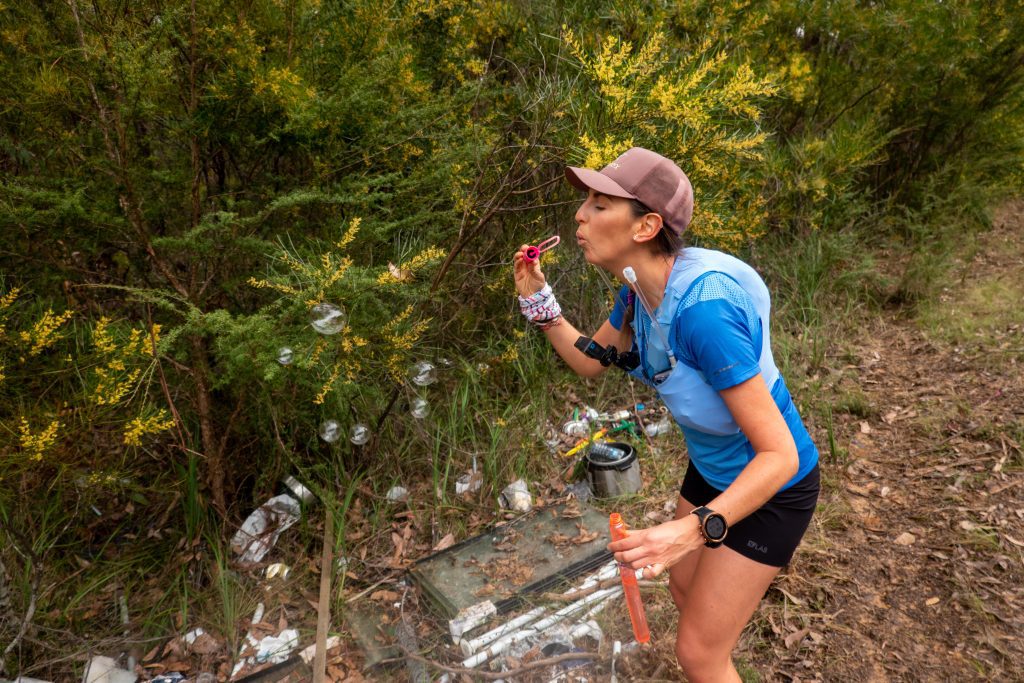




, By Yarra
A few weeks have passed since I finished this epic journey along the Yarra catchment from source to sea, exploring the trails and connecting with nature while raising awareness about river issues.
I was super lucky and grateful to have Hilary McAllister from For Wild Places on crewing duties for the whole week, which made things flow perfectly. Big shoutout to her and the entire community of For Wild Places. Their work is what we need as a community that enjoys the trails and natural spaces to play and wants them protected for future generations.

Through this blog, I will briefly recap the wonderful experience of this run. The good, the bad and the ugly things we saw and experienced, including what could change for the next one. No, I don’t see myself doing another 280km soon….but who knows? I might have opened a little can of worms into the multi-day stage running concept. And much better if it’s for good!
Running does not always need to be about PBs and fast hot laps. I am, in fact, a “slow runner”. I take too long snapping photos of Blue Tongue lizards and orchids. And a few years ago, I found my calling in using this superpower of running long distances with environmental activism (Check out The Plastic Runner for more on this).
So we kicked off the big run on 25/09, World Rivers Day. Why on this day? Because it was the perfect way to give a celebration and acknowledge the Birrarung/Yarra River with what’s most special to me: Trail running and ultras.
DISCLAIMER: I have never done multi-day stage running. This was a whole new world to me!
The GOOD
Spending time with friends and connecting to nature with a “for purpose” adventure:
After so many months in lockdowns and not being able to see my friends for a while, it was normal to feel disconnected once we came out of the COVID funk. For the past 2 years, I have felt the same. Having done most of my runs on my own and within limited space. This was the best way to reconnect with some friends and the trail community while feeding the bug of exploration/nature adventure. While some people decide to have these experiences solo aiming to get that “revelation” time and experience, this run was different. I wanted to share the journey with people that have been part of my family away from home. Thanks to all the legends that supported us on the ground and from afar! Your words of encouragement were vital when I felt a bit low.
Experiencing the Birrarung one step at a time while sharing it with the community:
As the CEO of an organisation that advocates for the Birrarung/Yarra River, I have always believed in “walking the talk”. In my case, I decided to run the talk! This project allowed me to connect with the waterways personally, listening to the surroundings while dedicating one of my main hobbies. I have been around water all my life, so this experience of celebrating while becoming part of that trail was a life-changing memory. I came with no expectations and left with so many gifts.

Nutrition:
This was a whole new thing for me. I have done a few 100s and other challenging ultras. Still, this new bucket of stage running was a parallel dimension I knew nothing about. Earlier this year, I had the opportunity to trial a bit of multi-day nutrition when I decided to solo hike part of the Larapinta Trail over 8 days. I found the perfect option for me, which were Radix Ultra meals. You can have 800 calories in a small portion without compromising nutritional value or yumminess! As I don’t eat meat, the variety of freeze-dried meals is minimal…and we are all sick of the bland “Bolognese pasta”. Radix is full of wholesome ingredients, which first caught my attention. My Larapinta nutrition was successful, so I used a similar approach with this big run. I didn’t want to overthink it when it came to getting the calories in, and I wanted to ensure I was eating more than just a bag of crisps per km. Breakfast and Lunch were Radix. Dinner was something fresher and less heavy. Snacks ad livitum! I used most of the things I had been eating during training, assuring my gut knew what was coming.
Gear:
The main advice is to keep using what you are familiar with. I have been using Salomon as my brand of preference for trail shoes for many years. However, this is a personal preference, and you should try a few things before committing to any brands. Having said that, I usually use the Men models as they have more room in the toes plus more sizes. I have learnt to give space to my feet when doing these big runs, as they usually get swollen, and we all like to keep our toenails.
No chafing, blisters, or toenails missing. I am surprised too!
One of my secrets is to prepare my feet before hitting the ground, covering them in anti-chafing cream and wearing Injinji socks. Yes, the funny toe ones.
I also brought a whole bunch of spare options in case something failed. This included having a few head torches, a few shoes to rotate, rain jackets, vests, and seeing how they would feel/perform during the day. Worse case, I knew I would have the crew waiting a few kms later and wouldn’t have to drive all the way back to Melbourne because the torch wasn’t working. You are better off having something and not using it than having a stressful time because you missed bringing a particular item. Ensure you are also organised and have your gear in clear containers for easy access. This will keep it tidy and ready when you need it.
The BAD
Shoes too tight on day one = Swollen foot with on-and-off pain during the week
Talking about not using new things before, hehe. I got a fresh pair of Ultra Glides, and because I have done similar in the past, I thought I would be alright just getting them straight from the box into Day 1. I should have worn them a bit before, but this was my bad, with so many things to get done. I tightened them too much, compressing the top of my foot. This resulted in swelling that stayed throughout the week. I listened to my body and kept pushing along as long it felt ok. Lots of Magnesium salts and horse cream later, I was still standing and running on Day 6. I was conscious of reminding myself that the run was long and that it was better to pace myself properly to avoid going too hard too soon. 
Forgetting my torch – how to keep your ego on track. Be humble and respect the trail at all times! This was rookie mistake 101, haha. Part of Day 2 was a bit new to me and sounded great on the map. But some of the tracks changed due to fire breaker work. I thought I was going the right way, made a mapping error, and ended up being 2 hrs behind schedule, meaning I would run out of daylight.
More recce wouldn’t hurt, but also it was good to know who to contact or where to look for information to get back on track. Once I was back at the O’Shannassy Aqueduct Trail, I made a call to Hilary so we could meet somewhere on the trail as I was running out of light. Lesson learned: DO NOT FORGET to check on your ego. Always carry the basics within “mandatory gear” if you are on inaccessible trails. Too much confidence might result in landing at an abandoned rehab centre in the middle of the bush while also thinking how it reminds you of a horror movie scene. Luckily, I was fast enough to get to Hilary before the night.
The UGLY
Litter in isolated places:
It really shocked us to find litter in the middle of the bush. Much of the tracks are only accessible via 4WD. However, this is not a finger-pointing exercise against the 4WD community. I have met some fantastic individuals organising cleanups to mitigate the impacts of those bad apples. Finding illegal dumping or broken glass around the middle of pristine forest areas was disappointing. If you like the bush, let’s keep it clean so others can enjoy it the same way. While we couldn’t collect everything we found, we used the Snap Send Solve app to report these findings. The app alerts the relevant authorities with a geolocation tag so they can organise a collection. 
Polystyrene pollution in “pristine” places around Mt Lofty:
Polystyrene pollution has been proven to be one of the main contributors to macroplastics in the Yarra River. While it’s pretty common in the Lower Yarra, closer to the city, I was sad to see pieces of it in the banks around Mt Lofty. One of the primary industries generating this problem is construction. I assume this material finds its way into our waterways due to the urban expansion and housing development around the Middle and Upper Yarra. Yarra Riverkeeper Association is working with the EPA and industry bodies to improve the regulations and guidelines for using this material. We hope this will reduce the amount we now see going into the environment.
Thanks again to everyone for the amazing support, the kudos, the snacks and the lovely messages! It was a great project, and I cannot express how happy and proud I feel to keep representing Latina women in the outdoor space!